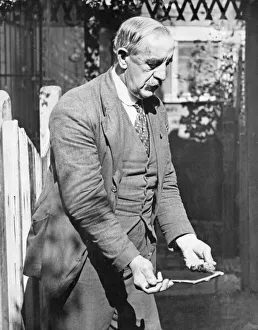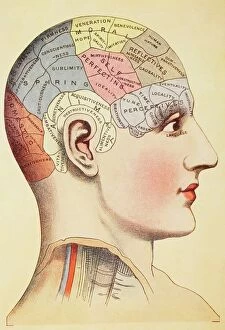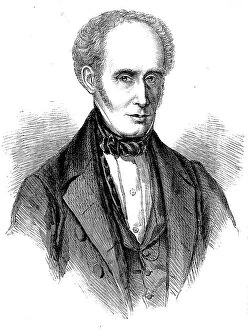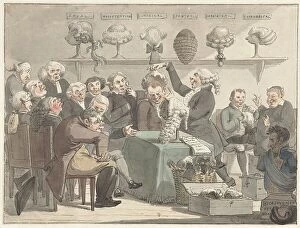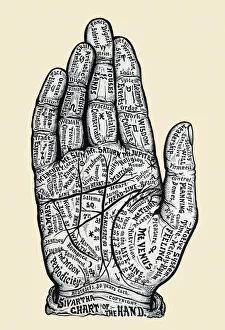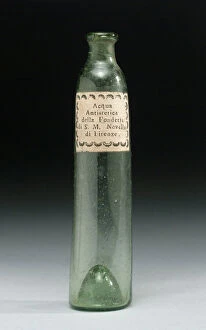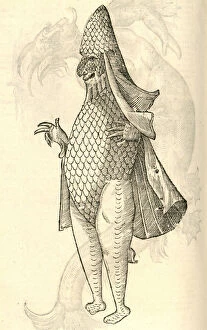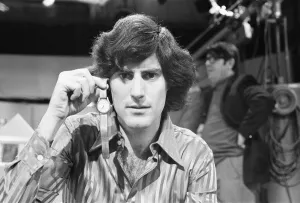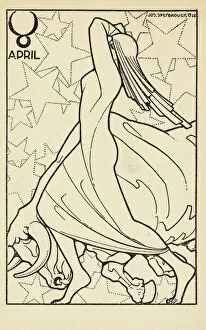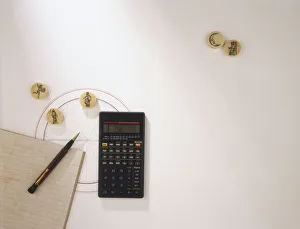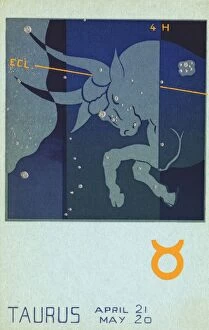Pseudoscience Collection
"Pseudoscience: Unveiling the Curious World of Quackery and Speculation" Step back in time to September 16th, 1938, when Mr
All Professionally Made to Order for Quick Shipping
"Pseudoscience: Unveiling the Curious World of Quackery and Speculation" Step back in time to September 16th, 1938, when Mr. Samuel Bloor mesmerized Okengates as a water diviner. His mystical abilities captivated the imagination of many, but was it science or pseudoscience? Delving deeper into the realm of pseudoscience, we stumble upon a phrenological map of the human brain from London's Virtues Household Physician in 1924. This controversial practice claimed that personality traits could be determined by examining bumps on one's head. A lithograph titled "The Phrenological and Mesmeric Chart" further entices our curiosity. It showcases an amalgamation of questionable theories that attempted to explain mysterious phenomena through mesmerism and phrenology. Moving away from cranial examinations, we encounter illustrations such as "Pseudophyseter" from Aldrovandis' collection – a peculiar creature with mythical qualities that blurred the lines between reality and fiction. Intriguingly bizarre is an illustration called "Monstrum tetrachiron alatum capite humano aurito, " depicting a fantastical being with four wings and a human-like head adorned with ears. Such depictions fueled fascination while blurring scientific boundaries. Graphology enters the stage –the study of character through handwriting– represented by a chromolitho showcasing its claims to unveil hidden truths about individuals based solely on their penmanship. Another captivating image emerges: "Monstrosae cuiusdam Chimaerae. " Aldrovandis' work continues to astound us with this depiction of a monstrous chimera, challenging conventional understanding yet captivating minds throughout history. Further exploring Aldrovandis' enigmatic world leads us to an illustration titled "Infans capitibus Animalium, " where infants are depicted sporting animal heads—a surreal concept that defies rationality but sparks the imagination.


